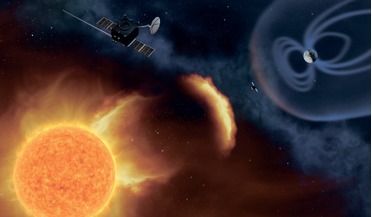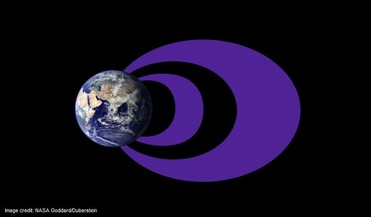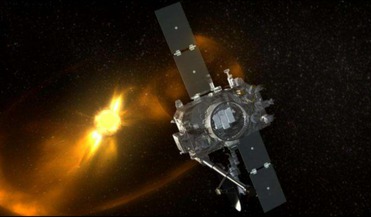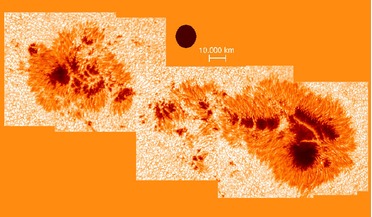 April 2020
Protecting against the dangers of space radiation
April 2020
Protecting against the dangers of space radiation
...in the most extreme environment and perhaps may ultimately help us to find ways to imitate those responses in humans. A coronal mass ejection (CME) erupted into space on 28-29 April 2015. CMEs are sometimes followed by a wave of high-energy particles...
 June 2021
The next ‘unthinkable’ – global disruption from a solar storm
June 2021
The next ‘unthinkable’ – global disruption from a solar storm
... on Earth is the Sun. It produces bursts of electromagnetic radiation (called flares) and eruptions of material known as coronal mass ejections (CMEs), accompanied by solar energetic particles (SEPs). Because of the interaction of CMEs with the Earth...
 20 January 2016
Our view of Van Allen belts set to be revolutionised by new data from NASA probes
20 January 2016
Our view of Van Allen belts set to be revolutionised by new data from NASA probes
.... These structures are also prone to alteration when they interact with high-speed solar wind streams or coronal mass ejections emanating from the Sun. As the fast-moving magnetic material collides with Earth's magnetic field, they...
 23 August 2016
NASA Makes Contact with STEREO-B Spacecraft
23 August 2016
NASA Makes Contact with STEREO-B Spacecraft
... video sent back by STEREO Behind in 2013, which shows powerful X-class sun flares and their associated coronal mass ejections. Credit: NASA STEREO-A and STEREO-B spacecraft (Solar and Terrestrial Relations Observatory Spacecraft) were launched...
 18 October 2016
Plans for first ever Space nation "Asgardia" announced today
18 October 2016
Plans for first ever Space nation "Asgardia" announced today
... space threats. There are seven threats in our classification system: sun storms and flares, known as coronal mass ejections; changes in Earth's magnetosphere that destroy the effective protective layer of our planet; potentially dangerous asteroids...
 02 December 2016
GREGOR helps scientists take a closer look at the Sun
02 December 2016
GREGOR helps scientists take a closer look at the Sun
... of the Sun’s outer atmosphere, and it produces most of the spectacular visible phenomena, like sunspots, flares and coronal mass ejections. The latter of which can cause huge disruption to satellites and electrical equipment on Earth. Although much...